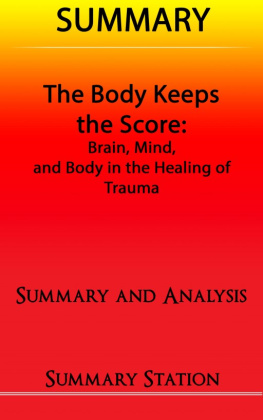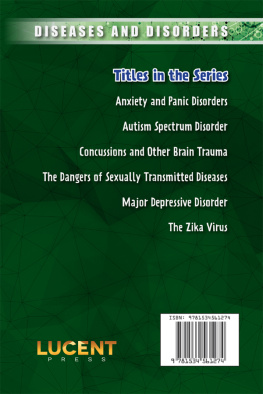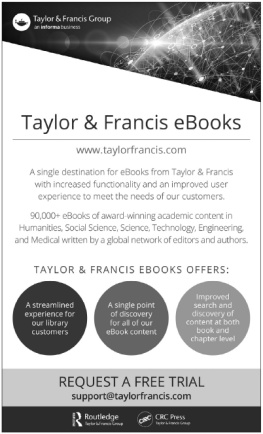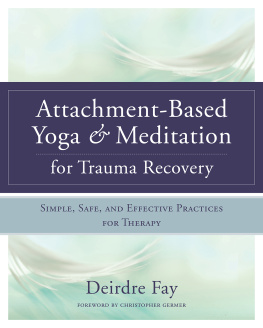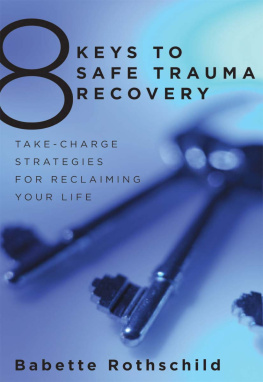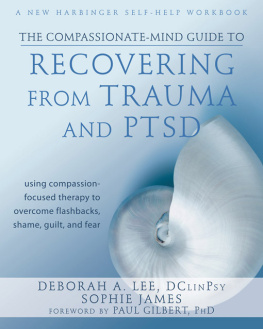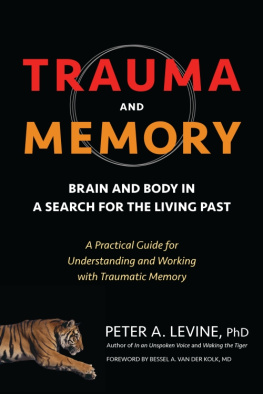Insights on Patrick J. Carnes and Ph.D.'s The Betrayal Bond
Insights from Chapter 1
#1
The authors friend, Lois, was offered a job at a printing company. The company president asked her to perform oral sex on clients in order to keep business. She was devastated, and her life was negatively affected.
#2
When we are put in danger, our body goes into defense mode. Our physical systems become ready for action, and our electrochemical reactions between synapses in the brain accelerate. This is what happened to Lois, and she began to fall apart.
#3
There are eight ways that trauma continues to affect people over time. They are: trauma reaction, trauma arousal, trauma blocking, trauma splitting, trauma abstinence, trauma shame, and trauma bonds.
#4
The brain, body, and nervous system will adjust to any experience. They will acclimatize. So for survival, the soldier will continually bury the horrifying experiences into compartments in the brain. Later, these compartments start to leak.
#5
The impact of trauma can be highly addictive. If there is enough time and fear, the impact can be highly addictive.
#6
Some soldiers used sex to escape the horror of war. They experienced sex in ways that were not reproducible in a peace-time country. As adults, they could only be orgasmic when a man was hurting them.
#7
The alarm state induced by trauma becomes the gateway to many forms of addictive arousal. Yet there are other strategies for coping with trauma that can become addictive, including efforts to block the trauma out.
#8
The brain will adjust and the compulsive behavior will become necessary in order to feel normal. Then it is hard to stop because it has transformed to addiction.
#9
The stress response is a survival mechanism that is triggered by trauma. It can be triggered by high-arousal activities, followed by blocking strategies to balance the arousal. Drug addicts will mix uppers and downers, or the man who is having anonymous, high-risk sex with men in parks and streets will drink a six-pack and eat until his stomach is uncomfortably distended.
#10
The process of splitting off a painful reality is called dissociation. It can be done by focusing on another reality or creating an unreality or fantasy. When this coping style becomes a pattern that interferes with living life, it is called a dissociative disorder.
#11
The process of trauma splitting is when we ignore the traumatic realities that we face by splitting off the experiences and not integrating them into our personality or daily lives.
#12
The authors friend Sandy was a compulsive debtor. She had a core belief about her unworthiness, and she used debt as a form of impoverishment and self-fulfillment. She could not move or succeed under her debt burden.
#13
Compulsive deprivation or abstinence occurs around memories of success, high stress, shame or anxiety. It is driven by terror and fear, which have a powerful impact on our brains.
#14
Wherever addiction is, there will also be deprivation. If not addictive in its own right, the deprivation becomes a life pattern that, in part, is a solution to traumatic experience.
#15
Shame is a profound sense of unworthiness and self-hatred rooted in traumatic experience. It is not just originated from a perpetrator blaming the victim, but also from a victim feeling defective or flawed.
#16
The author points out that Ralph, a successful physician, learned as a child to escape his abusive family by being successful in school. He never made sense of the cruelty and betrayal he witnessed in his family. He felt empty inside. He compensated by being tops in everything.
#17
Reenactment is when you live in the past, repeating behaviors and situations that re-create the trauma experience. It can be something as simple as living with an abusive, hard-drinking man, or it can be something more complex, like victimizing others in the same manner that others victimized you.
#18
Trauma repetition is when the victim tries to bring resolution to the traumatic memory. Instead, the victim only deepens the traumatic wound. The combination of shame and reenactment, when they are part of a trauma bond in which there has been betrayal, is extremely damaging.
Insights from Chapter 2
#1
Traumatic bonds are those that are formed in the presence of danger, shame, or exploitation. They are difficult to break, and people stay involved with those who betray them.
#2
Trauma bonds are addictive because they are a pathological relationship with a mood-altering substance or behavior. They draw upon the other solutions to trauma we discussed in chapter 1: compulsive aversion and obsession.
#3
The second reality is that trauma bonds can be very durable bonds. They can have tremendous power, and they can form a life pattern. They can be very difficult to break, and they can be extremely dangerous.
#4
The fourth reality about trauma bonds is that they can happen to anyone. They can be formed almost instantaneously, but they can last forever. They are not always bad, but they are about survival.
#5
It is important to take stock of what you have learned so far. To do that, you can think about the impact trauma has had on your life. What follows is a series of questions to help you clarify your thinking about your own behavior.
#6
The Trauma Spectrum Paper and Pencil Test measures how much you struggle with the effects of trauma. If your score is low, this is not an area of concern for you. If your score is moderate, you should discuss with friends or a therapist what strategies would now help you. If your score is higher than six, this should be an area of intense focus for you.
#7
After completing the Traumatic Stress Index, you may have noticed patterns that were clear to you before. This will help lay the groundwork for change. Sometimes people are anxious because they scored high on some of the scales.
Insights from Chapter 3
#1
The classic example of deception and seduction is the football trick played on Charlie Brown by Lucy Van Pelt. It happens every fall, and Charlie Brown sets aside his distrust and takes a risk again.
#2
There are five main ways promises are used to betray: by seduction, by terror, by exploitation of power, by intimacy, and by spirit. To understand traumatic bonding, the reader must understand these different types of abuse.
#3
The combination of high warmth and low intention is referred to as seduction. It is a very close and rewarding relationship, but it can also be a dangerous one if the other person is interested in something other than friendship.
#4
The fourth combination is low warmth and low intention. These are difficult relationships because there is no obvious purpose for them. They are not about human contact or any specific desire. They are about achieving a transaction or doing a job.
#5
The victim of seduction wants to believe the story so badly that they will overlook the obvious and accept the improbable. The sustaining fantasy can come in a number of forms: the belief in the story, the belief in the person, the dream, or the mission.
#6
The classic combination of seduction and terror is used by modern cults to recruit new members. They offer financial success, happiness, and self-fulfillment, but behind the scenes they are exploiting people and demanding an exacting discipline with little tolerance for deviation.
#7
The love bomb is a technique used by cults to recruit new members. When a member joins a group, the group members offer to study with the new member, spend social time with them, and share meals together. It is an instant community of friends so rewarding it feels like the family you always wanted.


